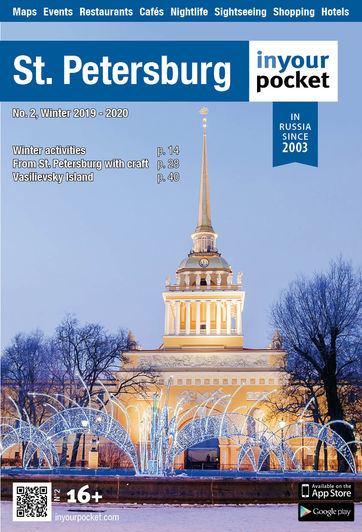Shostakovich’s Leningrad symphony
more than a year agoShostakovich, born in 1906, was far from being the favorite composer of the Soviet leaders. In 1936, he was accused of "formalism" and non-compliance with the principles of the socialist realism and his works were banned from performance in the USSR. The Pravda newspaper published an article titled "Muddle instead of music" about his music. In 1941, though, he was awarded the Stalin Prize for his piano quintet (which did not fit the criteria of the socialist realism, too, by the way) and was "pardoned" by the art authorities.
When the war began, Shostakovich volunteered to join the army, but he was sent to the militia detachments whose main task was digging the trenches in the Leningrad suburbs and extinguishing the incendiary bombs. On July 15, 1941, he wrote the first bars of the new symphony. In the autumn, he was evacuated from Leningrad first to Moscow and then to Kuibyshev (now Samara). On December 27, the symphony was finished. On March 5, it was performed for the first time in the Palace of Culture (now the Samara Theatre of Opera and Ballet is located in this building) in Kuibyshev. The symphony quickly became famous all over the world. In the end of March, it was performed in Moscow, on July 9 — in Novosibirsk. The scores were copied on a microfilm and brought to the USA via Tehran. On July 19, the NBC Symphony Orchestra under famous Italian conductor Arturo Toscanini played the symphony and it was broadcasted on radio. A portrait of Shostakovich appeared on the cover of Time.
In July, the scores were taken to the blockaded Leningrad by plane. It was decided to play the symphony in the city after which it was named. The conductor, Karl Eliasberg, attempted to collect the musicians who worked in the Leningrad Radio Orchestra before the war. Twenty seven of them already died. Most of the survivors fought on the front line or in hospitals. Soon they received orders to arrive to Leningrad. The rehearsals went on for 5-6 hours every day. The musicians got special permissions to walk around the city during the curfew. The road patrols presented a bicycle to Eliasberg who had to travel often.
At last, the day came. Eliasberg tried to find a couple of potatoes to starch his collar. The artillery headquarters decided that during the concert not a single enemy shell must explode in the city. The duration of the symphony is 80 minutes. 30 minutes for the people to come to the theatre and 30 more minutes to get back. So, the army prepared a 240-minutes artillery attack on the Germans to block their guns. The theatre hall was full with people. The concert was broadcasted on radio and even the Germans could hear it. Many years later two German tourists found Eliasberg and told him: "On that day, we understood that we will lose the war".
For many years after the war, the symphony was presented as an item of the Soviet propaganda. However, a more recent trend in the music history views it as an anti-totalitarian music. This view is confirmed by some of Shostakovich's relatives and friends. In private discussions, Shostakovich told that he'd like to condemn the Stalinism in his music. This way or the other, it is still a masterpiece.
In 1948, Shostakovich was denounced again and most of his works were banned. In 1951, he became a member of the Supreme Soviet of the USSR. In 1957, he was appointed the secretary of the Union of Composers of the USSR. He died in 1975 in Moscow. His extremely complicated artwork is still very popular among the musicians, but not among laymen and ordinary audience.
/st-petersburg-en/st-petersburg-philharmonia_10370v
The dazzling white columns and glittering chandeliers mark out the Shostakovich St. Petersburg Academic Philharmonia as quite a space before the music even …
/st-petersburg-en/piskaryovskoye-memorial-cemetery_10146v
More than a million people died in the Leningrad blockade, and 489,000 of them are buried in this memorial cemetery. As you walk toward the monument of Mother …





Comments